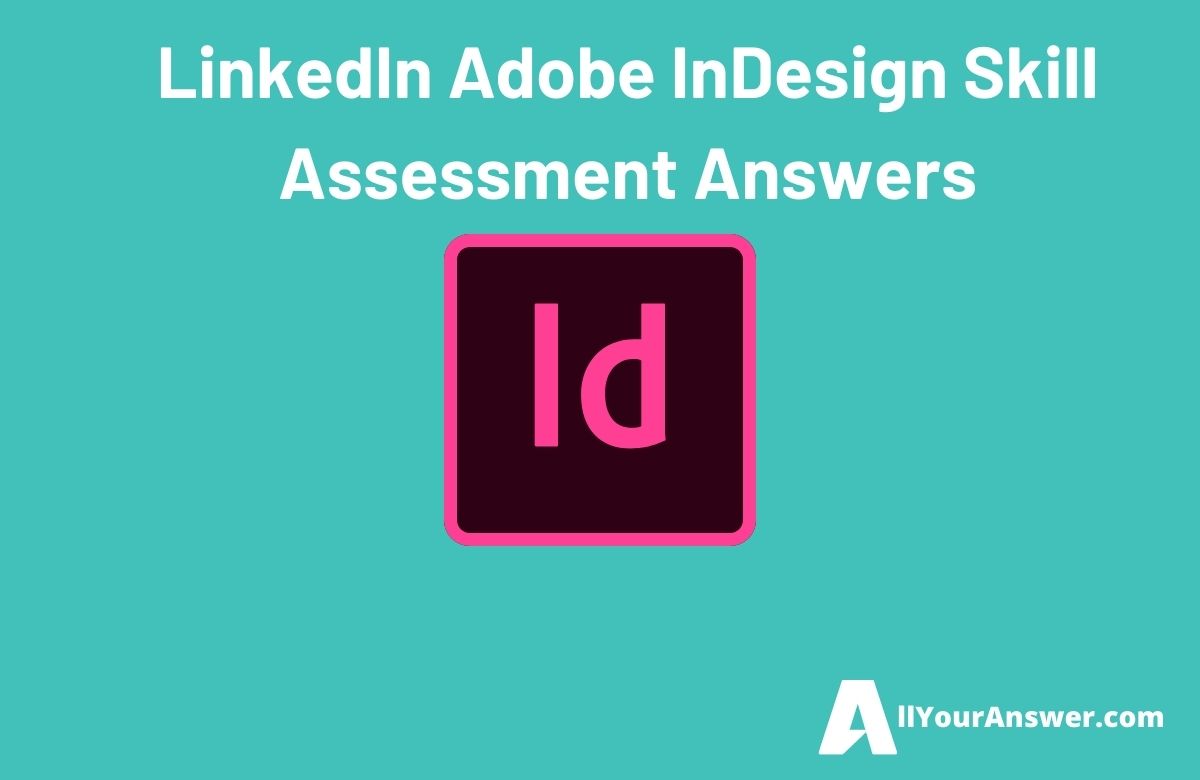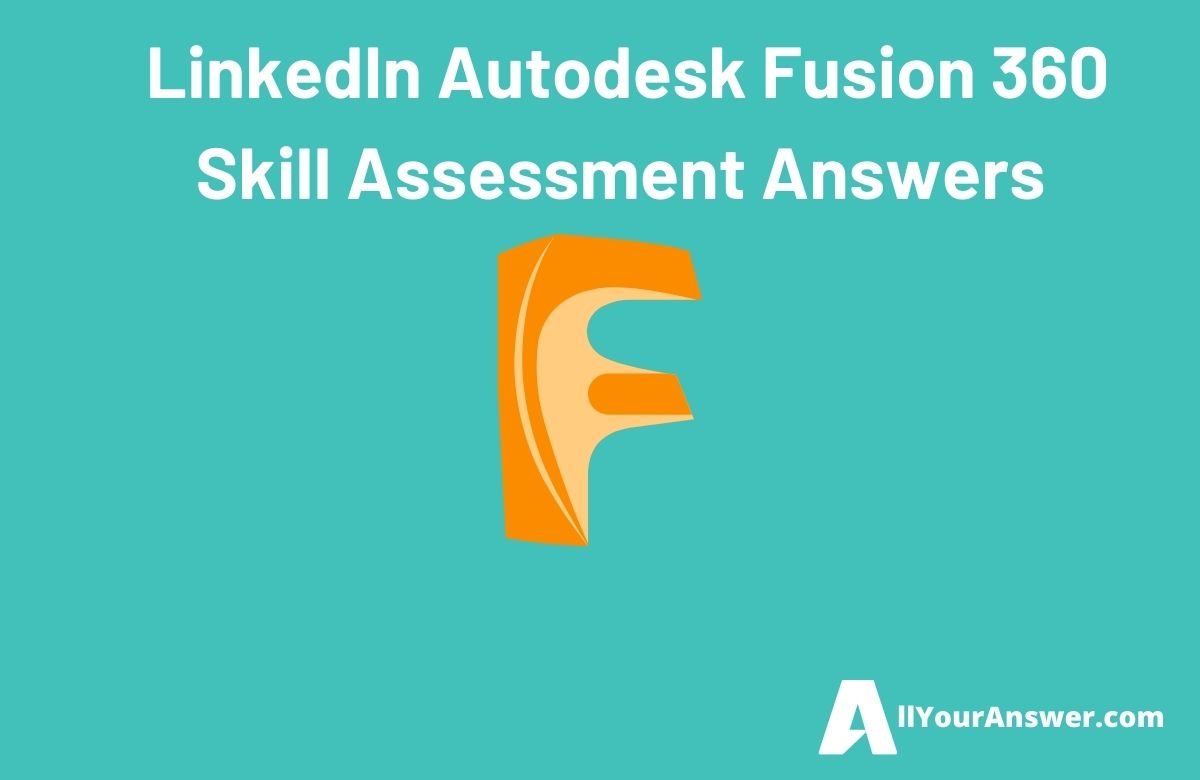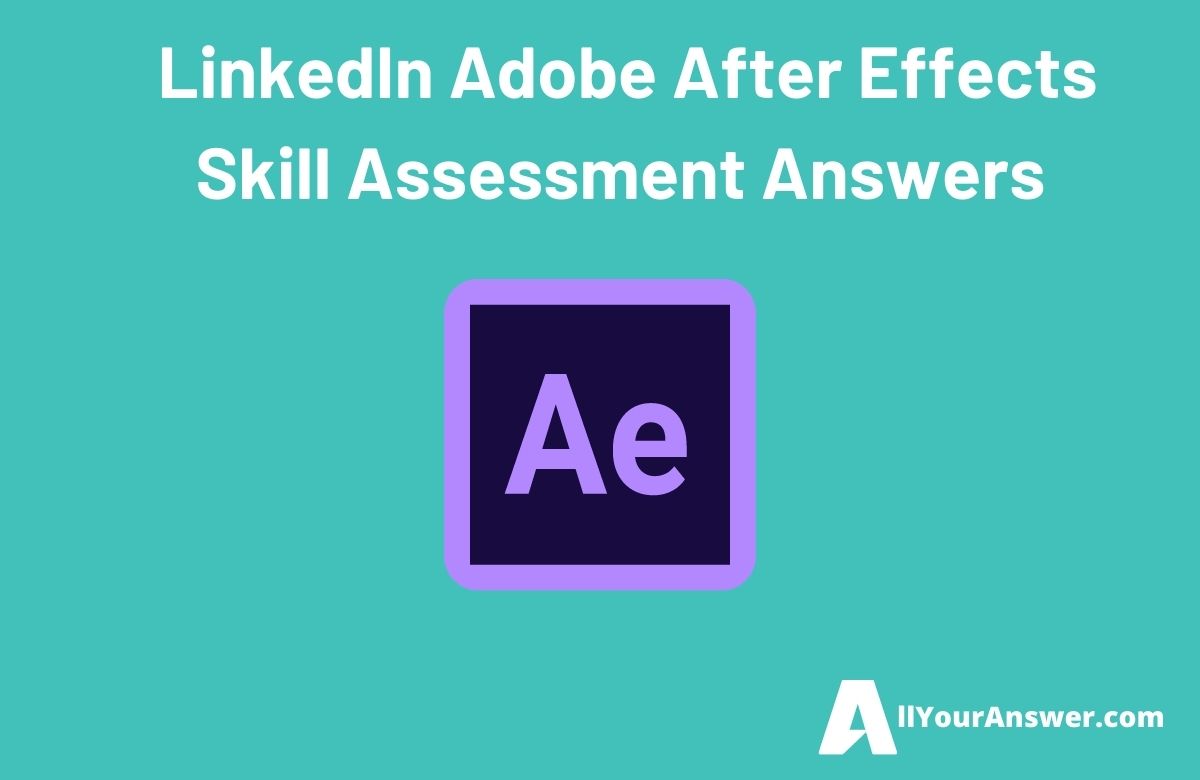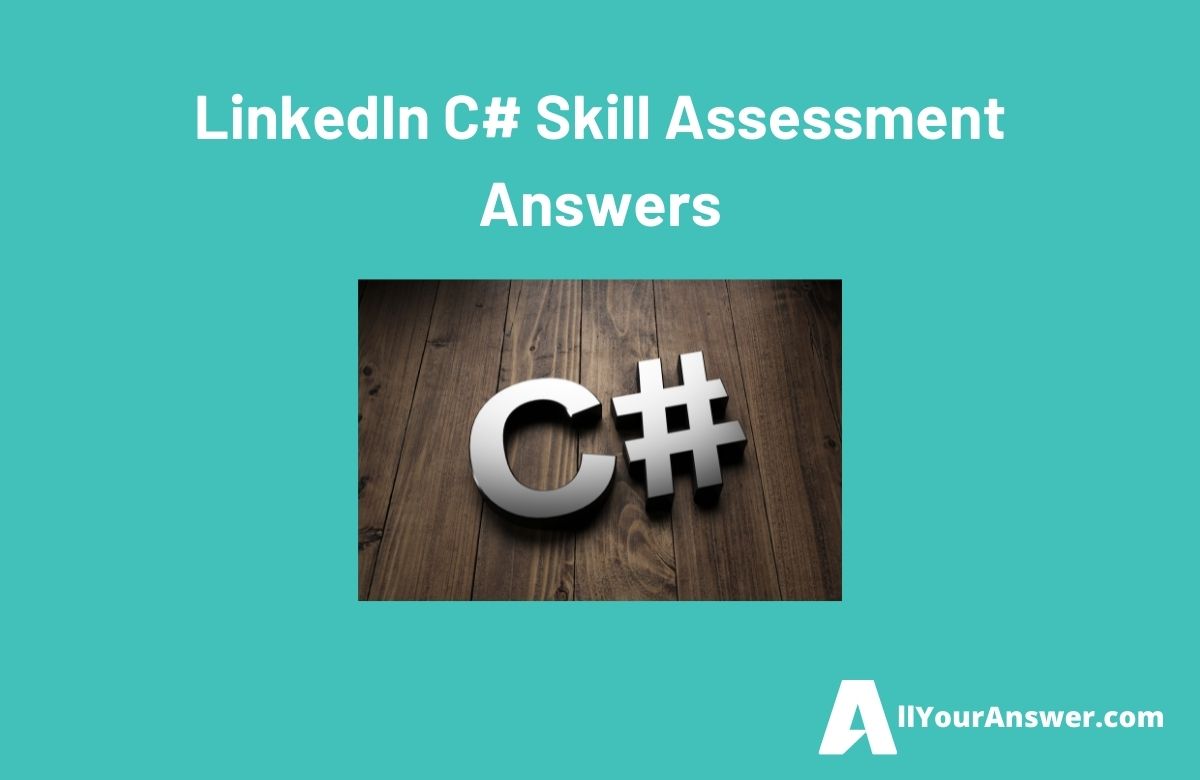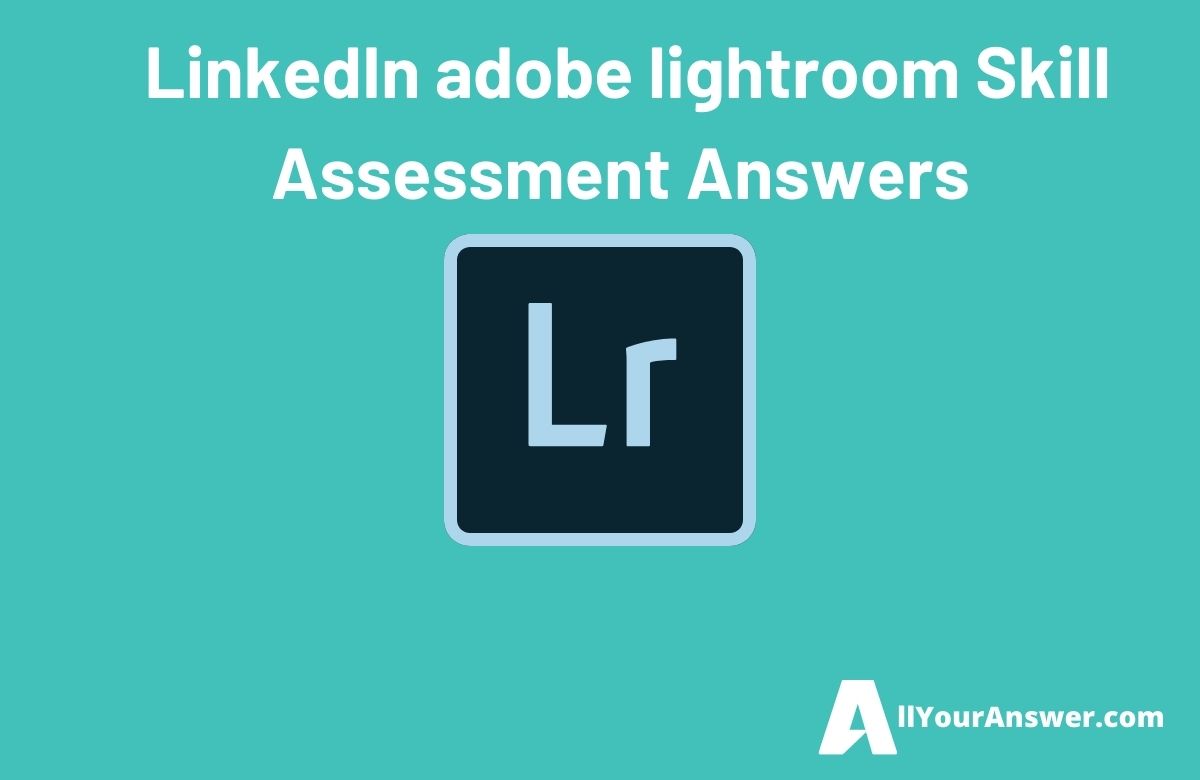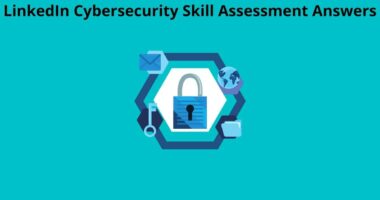If You are searching for a list of all questions and answers for the LinkedIn Accounting Skill Assessment, this is the right place for You.
The accounting skill assessment is designed to help you identify your strengths and weaknesses in accounting. It covers a range of topics, from basic accounting concepts to more advanced topics such as financial statement analysis.
This can be a great tool for career development. It can help you identify areas where you need to improve, and it can also help you to prepare for certification exams or job interviews.
Table of Contents
Q1. Which statement is not an advantage of robotic process automation (RPA)?
- Bots are more creative than humans
- Bots do no need to take time off
- Bots improve efficiency
- Bots can eliminate human errors
Q2. What effect does a contra asset account have on a balance sheet?
- A contra asset is not an accounting term
- A contra asset has a credit balance and therefore a negative effect on total assets
- A contra asset with a positive balance will increase overall liabilities
- A contra asset has a debit balance and therefore a positive effect on total assets
Q3. Internal controls may be preventative, detective, corrective, or directive. Which is a detective control?
- data backups
- physical inventory check
- employee background checks
- physical locks on inventory warehouse
Q4. On March 15, a business receives an invoice from the power company for utilities used in February. The retailer pays the invoice on April 1. The business uses accrual-based accounting. Which month should the business recognize the expense?
- April
- March
- no record required
- February
Q5. Which choice is a general guideline for adequate separation of duties to prevent both fraud and error?
- A person who has control over an asset should not safeguard that asset.
- A person who has temporary or permanent custody of an asset should not account for that asset.
- A person who has record-keeping responsibility should not make journal entries.
- A person who has operational responsibility should not authorize transactions for the area.
Q6. What does the cost of a unit of product under absorption costing method consist of?
- direct materials, direct and indirect labor, and fixed overhead
- direct materials, indirect labor, and variable and fixed overhead
- direct materials, direct labor, and both variable and fixed overhead
- direct materials, direct and indirect labor, and variable overhead
Q7. Which answer best describes accruals and deferrals?
- Accruals are past cash receipts and payments, while deferrals are expected future cash receipts and payments.
- Both accruals and deferrals are both expected future cash receipts and payments.
- Accruals are expected future cash receipts and payments, while deferrals are past cash receipts and payments.
- Both accruals and deferrals are not expected past cash receipts and payments.
Q8. What do you call a situation where more than one person collaborates to circumvent existing internal controls?
- assigned responsibility
- segregation of duties
- fraud prevention
- collusion
Q9. Which is not an example of an internal control activity?
- review of manufacturing plan
- segregation of duties
- bank reconciliations
- approval process
Q10. Which budgeting approach request justification of all expenditures?
- zero-based budgeting
- master budgeting
- rolling budgets
- bottom-up budgeting
Q11. What does the discontinued operations section of the income statement refer to?
- disposal of a major product line or major geographical area of operations
- sale of unused or obsolete equipment and discontinued inventory
- a plant shutdown or decommissioning of a facility
- net income or loss for products completed and sold
Q12. How are the three financial statements (income, statement, balance sheet, and cash flow statement) linked?
- Only the assets are reflected in the cash flow statement, and the net income expenses correlate with the liabilities.
- The net income goes to retained earnings, but the cash flow remains independent.
- The gross profit goes to retained earning, and the shareholder equity total is added to the cash flow statement
- The net income goes to the retained earning and to the cash flow statement
Q13. Which is not one of the four perspectives of the balanced scorecard?
- internal business
- learning and growth
- quantitative
- customer
Q14. What would be deducted from the balance per books when doing a bank reconciliation?
- deposits in transit
- bank service fees
- outstating checks
- electronic fund transfers/payments
Q15. What situation could be the results of the three retails store employees sharing the same cash register?
- a thorough internal control activity
- a violation of assignment of responsibility
- a violation of segregation of duties
- a support process to avoid fraud
Q16. A firm has $1,000 in debt and $3,000 in assets. What is the firm’s debt-to-equity ratio?
- 3
- 2
- 0.5
- 0.33
Q17. An external auditor is required to be independent when performing
- all attestation services
- all professional services
- all tax services
- all consulting engagements
Q18. Proper segregation of functional responsibilities calls for separation of
- custody, payment, and recording
- authorization, custody, and execution
- authorization, custody, and recording
- custody, execution, and payment
Q19. What does the degree of operating leverage represent?
- how much the value of capital assets will change in response to a change in sales
- how much the operating income of a company will change in response to a change in sales
- the valuation of assets to determine how much additional debt the company can borrow
- how much the sales of a company will change in response to a change in operating income
Q20. Which characteristic would concern an auditor about the risk of material misstatements arising from fraudulent financial reporting?
- limited employee turnover within the accounting and finance department
- management’s disregard of regulations and regulatory authorities
- regularly reported bank reconciliations, including deposits in transit
- capital assets sold at a loss before being depreciated fully
Q21. An employee who makes a sale, ships the goods, and bills the customer violates which control activity?
- assignment of responsibility
- audit verification
- segregation of duties
- review and reconciliation
Q22. What trait distinguishes auditors from accountants?
- The auditor can interpret accounting principles applicable to the country in which the client operates.
- The auditor has extensive education beyond what is required for an accountant
- The auditor can adapt to a rapidly changing profession.
- The auditor has expertise in the gathering and interpretation of audit evidence.
Q23. What is the purpose of an operational audit?
- assessing the company’s compliance with environmental laws and regulations
- evaluating whether the organization is meeting the metrics set by management in order to achieve the goals and objectives set forth by the board of directors
- assessing the organization’s control mechanisms for overall efficiency and reliability
- evaluating compliance with applicable laws, regulations, policies, and procedures
Q24. Which statement is false?
- The balanced scorecard aligns an organization’s operational activities with its mission.
- The balanced scorecard focuses on these four primary areas: financial, customer, internal process, and learning and growth.
- The balanced scorecard measures, tracks, and reports on a balance of qualitative and financial data and metrics.
- The balanced scorecard ensures the organization’s profitability aligns with director compensation and dividend expectations.
Q25. Which choice is not a component of internal control?
- information and communication
- risk mitigation
- monitoring
- control environment
Q26. What is the difference between the cost of an asset and the accumulated depreciation for that asset?
- depreciation value
- prepaid asset
- depreciation expense
- book value
Q27. A company budgeted 1,200 washers, but only 1,000 are produced. It costs $10 to produce a widget. What is the materials variance?
- 200
- 2000
- 350
- 20
Q29. Who does an audit committee report to?
- external auditors
- senior management
- board of directors
- union of employee representatives
Q30. A business purchased office equipment by issuing aone-year note payable. The entire amount of the note is due at the end of one year. How do you record this transaction?
- Debt asset, credit equity
- Debt liablity, credit asset.
- Debit asset, credit liability
- Debit equity, credit asset.
Q31. Which section of a financial annual report describes the corporation’s accounting methods?
- Notes to the financial statements
- An auditor’s report
- Listing of the stockholders
- Management discussion and analysis
